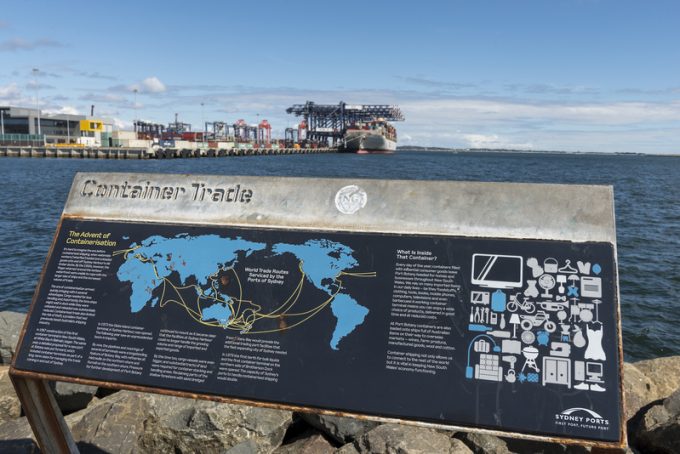'Another painful headache for shippers' as Asia-N Europe rate rally ends
It seems the recent container freight spot rate rally on the Asia-North Europe trade might ...

Forwarders in Australia are facing the biggest rate increases since the pandemic began, despite carriers insisting the country has more shipping services than ever before.
Citing data from UNCTAD, liner lobby group Shipping Australia said there were at least 20 container carriers serving Australia, and the ...

Comment on this article